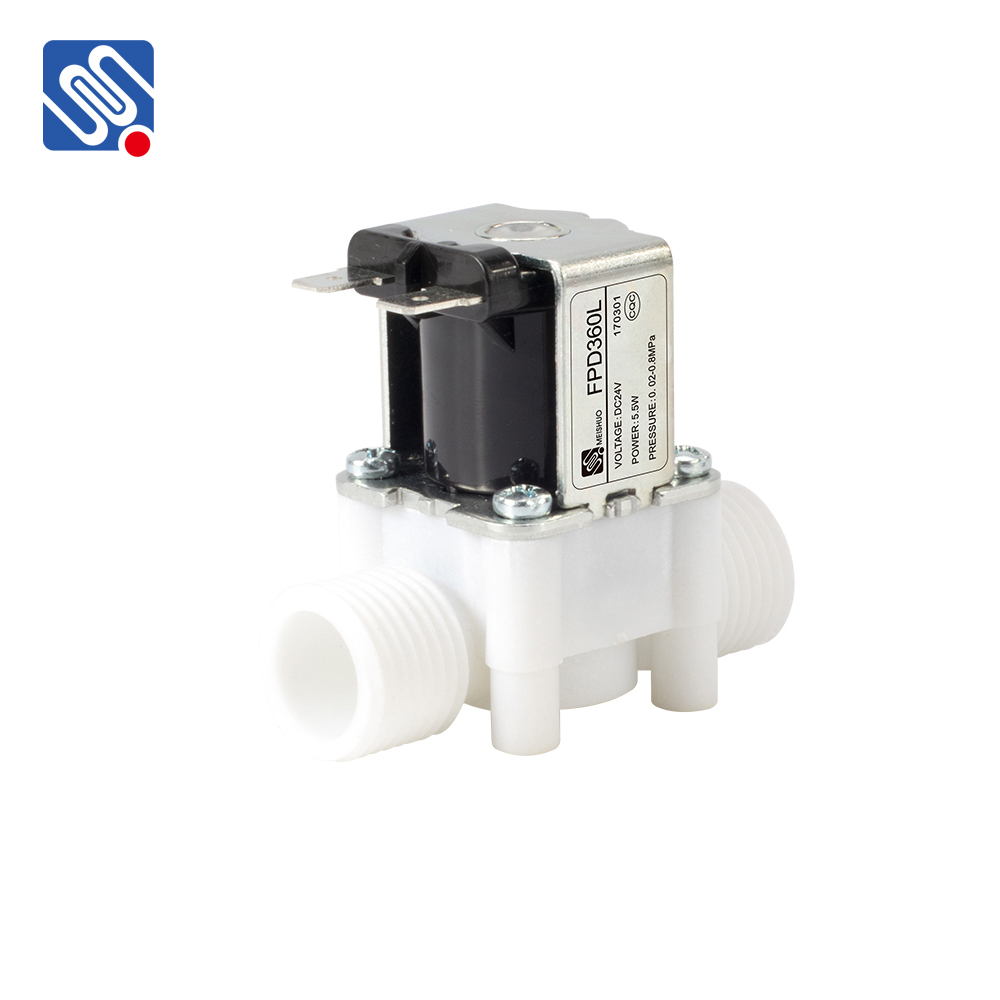Plastic water solenoid valves are indispensable components in modern water systems. These valves, which use an electromagnetic mechanism to control the flow of water, are widely used in various industries such as agriculture, plumbing, irrigation, and water treatment. Their popularity stems from their durability, corrosion resistance, and ease of use. This article explores the features, applications, and benefits of plastic water solenoid valves, as well as how they work and why they are preferred in many water-based systems.

What is a Plastic Water Solenoid Valve? A solenoid valve is an electromechanical valve that controls the flow of liquids or gases. In a plastic water solenoid valve, the body is typically made of corrosion-resistant plastics such as PVC (polyvinyl chloride), POM (polyoxymethylene), or nylon. The valve operates by using an electromagnetic coil that, when energized, moves a plunger or diaphragm inside the valve body to either open or close the valve, allowing or stopping the flow of water. The beauty of using plastic for water solenoid valves lies in the material’s lightweight nature, resistance to rust, and low maintenance requirements. Unlike metal valves, plastic valves are less likely to corrode when exposed to water, making them ideal for water-based applications where corrosion can lead to system failure over time.
Leave a Reply